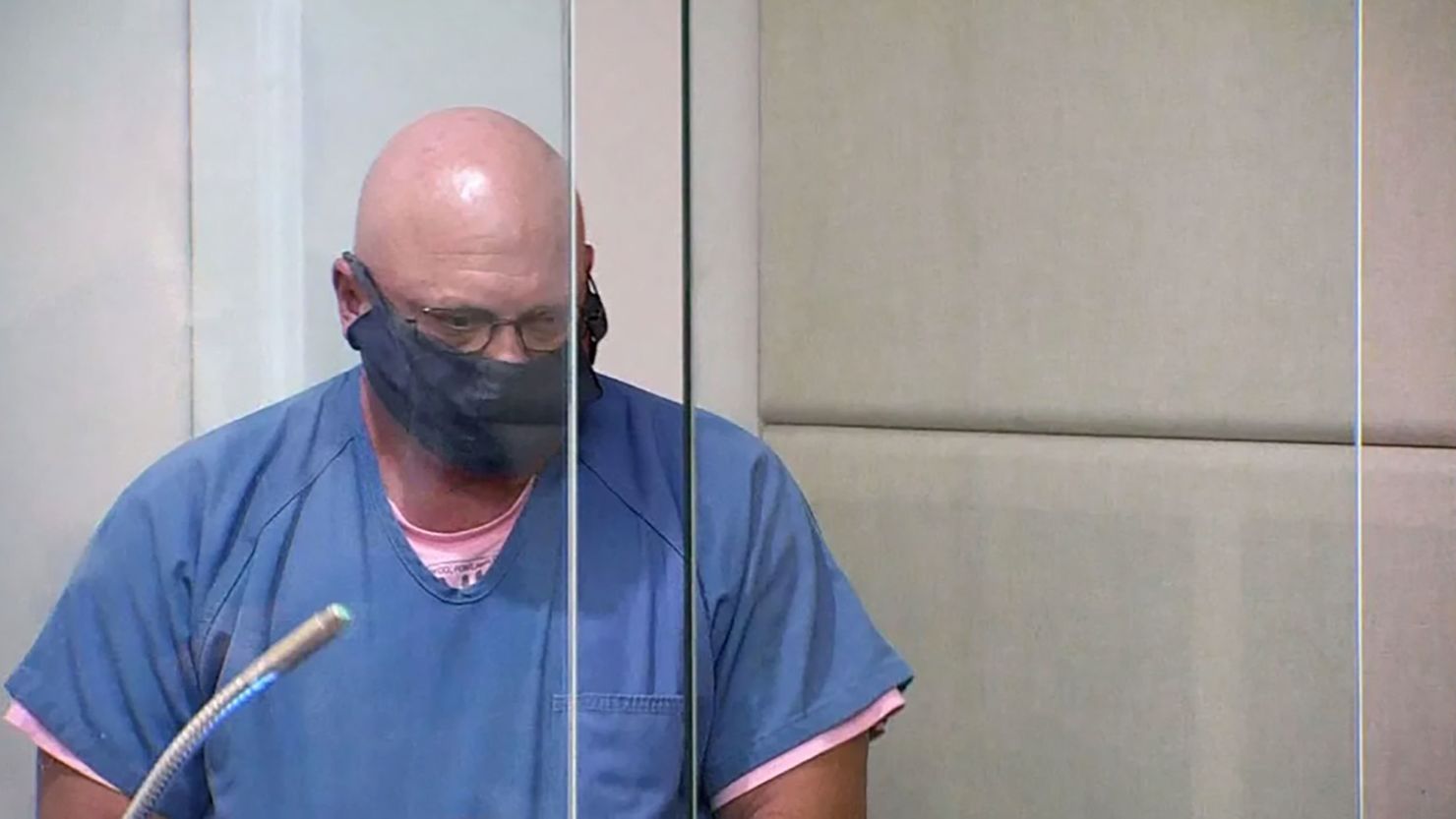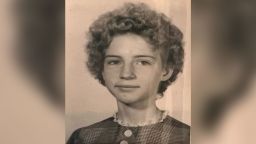DNA found in a piece of discarded chewing gum led to the arrest and conviction of a suspect in a 1980 cold case murder in Oregon, prosecutors say.
Robert Plympton, 60, was found guilty last week on one count of first-degree murder and four counts of second-degree murder in the killing of Mt. Hood Community College student Barbara Tucker, according to a news release from the Multnomah County District Attorney’s Office.
Nineteen-year-old Tucker was “kidnapped, sexually assaulted, and beaten to death” on January 15, 1980, the release states. Charges of rape and sexual abuse against Plympton were dropped, according to a document released by the DA’s office.
Plympton had pleaded not guilty, and his attorneys say they intend to appeal his convictions. “We will appeal, and we are confident that his convictions will be overturned,” attorneys Stephen Houze and Jacob Houze said in a statement to CNN.
Plympton remains in custody in Multnomah County while he awaits sentencing, the DA’s office said. His sentencing hearing is scheduled for June.
Witness heard screaming

Witnesses had seen a woman in apparent distress around the time of the murder, the document from the DA’s office states. One woman described seeing a female “waving her arms with a bloody face,” while another said she “saw a man peeking through the bushes next to (the college) parking lot,”
A man said he heard a woman screaming and saw two figures in the distance, and a fourth witness reported seeing a woman with mud on her pants, waving her arms on the side of the road.
Tucker’s body was discovered the following morning near a parking lot by students who were on their way to class at the college in Gresham, the DA’s news release states.
“These cold cases are not lost or forgotten for our department,” then-Police Chief Claudio Grandjean said in a statement after Plympton’s arrest in June 2021.
“Each one represents a person to our officers, and their tragic stories are passed down through the generations in hopes of one day bringing honor to their names and a sense of justice and closure to their cases.”
Swabs taken during Tucker’s autopsy were used to create a DNA profile of the suspect, according to the DA’s news release.
A break in the investigation came after police asked Virginia-based DNA technology company Parabon NanoLabs to look at the profile and try to identify possible matches.
A “snapshot phenotype prediction,” or a test to predict someone’s physical traits based on their DNA, helped genetic genealogists narrow down possible suspects – something Parabon’s Chief Genetic Genealogist CeCe Moore said, “ended up being key in this case.”
Moore said while she was building family trees of the people who shared DNA with the sample provided by police, she discovered World War II draft record cards of red-headed men.
“This case at the time was the most confident red hair prediction Parabon scientists had ever had,” Moore told CNN. “So, there was extremely high likelihood that the person who murdered and raped Barbara had red hair.”
“That helped because it made me focus on one particular line of the family and follow that red hair down. And then I landed in Oregon.”
Suspect placed under surveillance
In March 2021, Moore was able to identify Robert Plympton as the likely suspect, she said.
Investigators used that information to begin surveilling Plympton and were able to collect a wad of chewing gum that detectives witnessed him spit out, the DA’s office said. DNA pulled from the gum matched the profile from the autopsy swabs and Plympton was arrested on June 8, 2021.
“I was just totally taken a back. It was amazing,” Tucker’s sister, Susan Pater, told CNN affiliate KATU in an interview at the time. “It was really good news. I’d given up,” Pater said.
Moore calls the case “one of the highlights of my career in genetic genealogy.”
“We’re never going to give someone a happy ending,” she said. “I just am so fortunate that I ended up in a position to be able to help families and survivors of violent crime. It’s incredibly meaningful.”


